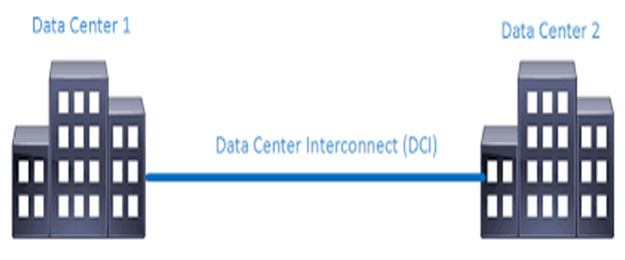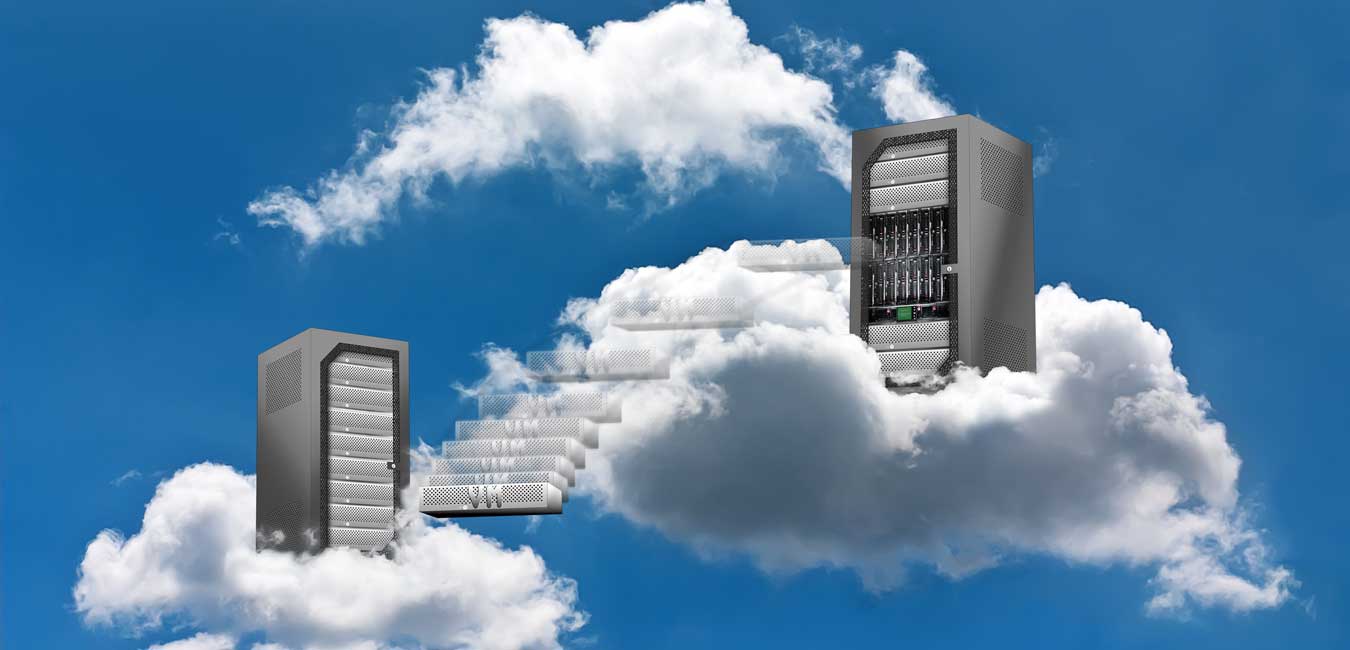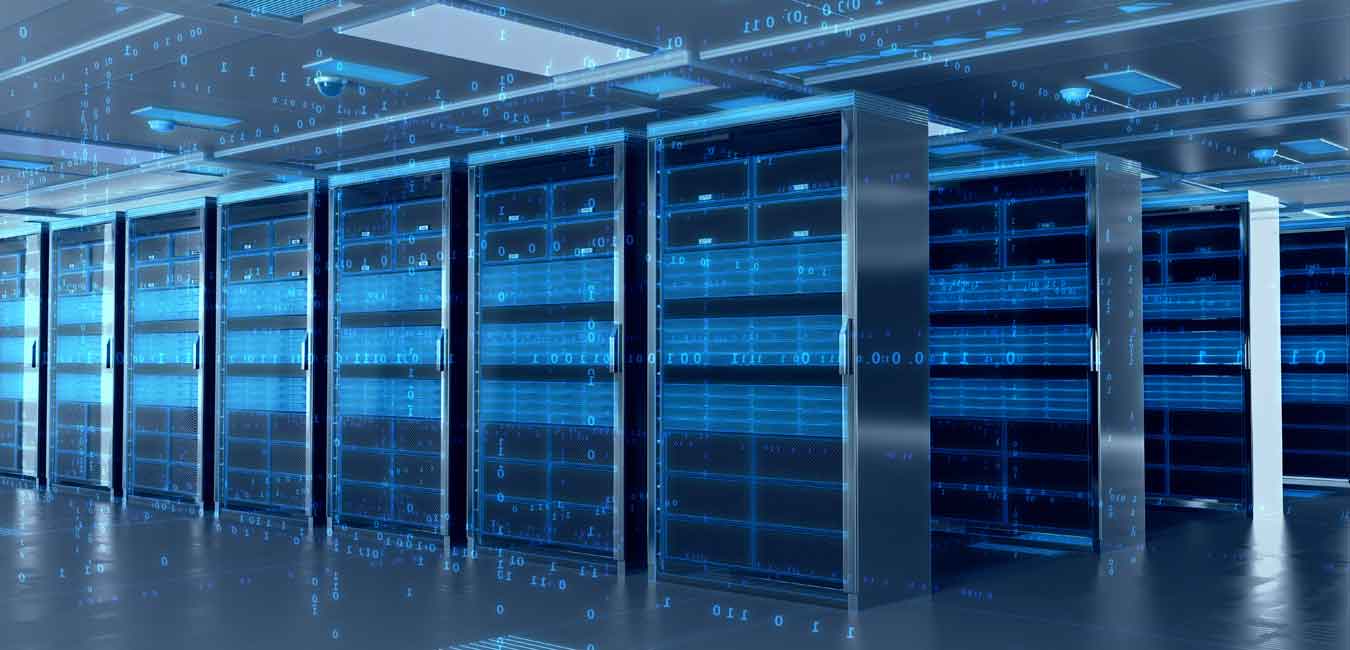What Are the Trending Research Areas in Cloud Computing Security?
Cloud computing is one of the hottest trends. Most technological solutions are now on cloud and the ones remaining are vying to be on cloud. Due to its exceptional benefits, it has magnetized the IT leaders and entrepreneurs at all levels.
What is Cloud Computing?
Cloud Computing is when many computers are linked through a real-time communication network. It basically refers to a network of remote servers that are hosted in Data Center, which further can be accessed via internet from any browser. Hence, it becomes easy to store, manage, and process data as compared to a local server or personal computer.
What is Cloud Networking?
The access to the networking resources from a centralized third-party provider using Wide Area Network (WAN) is termed as Cloud Networking. It refers to a concept where the unified cloud resources are accessible for customers and clients. In this concept, not only the cloud resources but also the network can be shared. With Cloud Networking, several management functions ensure that there are lesser devices required to manage the network.
When data began to move to cloud, security became a major debate, but cloud networking and cloud computing security has come a long way with better IAM and other data protection procedures.
Cloud networking and cloud computing security revolves around three things-
- Safeguarding user accounts in the cloud
- Protecting the data in the cloud
- And, then the third aspect is application security.
Trending Research Areas in Cloud Computing Security
Following are the trending research areas in the Cloud Computing Security:
- Virtualization: Cloud computing itself is based on the concept of virtualization. In this process, virtual version of a server, network or storage is created, rather than the real one. Hardware virtualization refers to the virtual machines that can act like a computer with an operating system. Hardware virtualization is of two types: Full Virtualization and Para-Virtualization.
- Encryption: It is the process of protecting data by sending it in some other form. Cloud computing uses advanced encryption algorithms in order to maintain the privacy of your data. Crypto-shedding is another measure in which the keys are deleted when there is no requirement of using the data. There are two types of encryption used in cloud computing security including Fully Homomorphic Encryption and Searchable Encryption.
- Denial of Service: It is a type of attack in which an intruder can make the resources of the users unavailable by disrupting the services of the internet. The intruder makes sure that the system gets overloaded by sundry requests and also blocks the genuine incoming requests. Application layer attack and Distributed DoS attack are some of its types.
- DDoS Attacks: It stands for Distribution Denial of Service. It is a type of Denial of Service attack in which hostile traffic comes from various devices. Hence, it becomes difficult to differentiate between the malicious traffic and the genuine one. Application layer DDoS attack is another type of DDoS attack in which the attacker targets the application layer of the OSI model.
- Cloud Security Dimensions: Software called Cloud Access Security Brokers (CASB) in between the cloud applications and cloud users, monitors all the policies related to cloud security and also enforces the cloud security policies.
- Data Security: The Encryption method is used in protecting and maintaining the privacy of the data because security in the cloud-based services has always been the focal point. Due to some vulnerabilities and loopholes, data might get exposed to the public cloud.
- Data Separation: An important aspect of data separation is the geolocation. Organizations should make sure that the geolocation for data storage must be a trusted one. Geolocation and tenancy are the major factors in data separation.
Cloud is one of the topics with no limit at all. With its help, you can perform any kind of project in order to enhance the performance in speed and magnify the security algorithm so as to prevent the files from being hacked.
Sify allows enterprises to store and process data on a variety of Cloud options, making data-access mechanisms more efficient and reliable.
Data Center Interconnect: Details, Challenges & Solution
The ever-increasing demand for the Data-Center and network virtualization has its ramifications on the Data Center interconnect (check out Cloud Cover). It has gained the attention of the service provider’s network architecture making them think in the direction of load-sharing and distributed workloads. It has also become a way to connect various Data Centers in the cloud using SDN to allocate resources as per the requirement, automatically.
There was a time when Data Center interconnect (DCI) used to be simple. But due to the many technological advances and the availability of various options, there is a lot of confusion in the market. First, let’s take a look at the Data Center interconnect market:

Intra-Connections-The intra Data Center interconnect refers to all the connections within the Data Center. They can be within one building, or between Data-Center buildings within the campus. The connections may be at a distance of meters to few kilometers.
Inter-Connections-These refer to the connections that are between the 10km-80km range. Undoubtedly, the connections may be far apart, but inter-Data Center connectivity market is focused within this range.
There are Data Centers situated to serve the entire continent and there are others focused in a specific metro area.
Case-Study (Online Retailer)
You are a global retailer, and you might have several thousand transactions running in a second. When the Data Center is far away, the data is more secure from the various natural disasters. But, then there is a challenge that comes with greater distance. The transactions that are in-flight may get lost due to latency.
So for online transactions, there is a local Data Center (primary Data-Center), and the other is a secondary Data Center that’s almost 80Km away. The benefits, in this case, are dual. First, your transactions will not be affected by the distance and the data is secure. Second, none of the transactions are lost due to latency. So in the worst case, only a small number of transactions might get affected or lost.
The traffic may be within Data-Centers, or between two Data-Centers for the load-balancing. Now the two important traffic categorization:
- East-West Traffic: The traffic between Data-Centers is referred as East-West.
- North-South: The traffic to the user is referred to North-South.
Which DCI Challenges Have To Be Overcome?
There are many challenges that have to be overcome. Let’s take a look at some of them.
Distance: The DCI applications vary greatly in size and scope in response to the Data Centers that may be dispersed across the globe or metro area or around a country. So it becomes critical to carry most of the bits farthest, but when the distance increases the latency increases as well. While choosing shortest route may minimize latency, bad equipment may also lead to latency.
Connection Capacity: The Data Centers store and deliver applications. The data sets that are coming in a Data-Center or leaving it may be very large. The range may vary from few hundred Gigabits to Terabits. To handle such large data, the equipment should offer reliable and high-capacity connections. It’ll make sure that they may quickly scale to address the spikes in traffic.
Data Security: Data Centers store a large amount of critical information. It demands that the Data Center connections are reliable, safe, and encrypted to avoid costly breaches and also data losses. While the security of stored data is crucial, what’s more, crucial is the security of in-flight data.
Automated Operations: As we know, manual operations may be labor-intensive, complicated, slow and may be error-prone as well. So it is very much imperative that complexity and lower speed of connection that arises out of manual operations may be minimized by moving towards automation. It shouldn’t take much time to establish a connection between Data-Centers and shouldn’t require on-going manual operations.
Rising Costs: When a large stream of data enters and leaves the Data-Center, it should be carried out in the most cost-efficient manner. If the Data Centers remain viable, the costs shouldn’t rise in the same way as the bandwidth. To take care of these issues, the solutions in high-speed networking should offer a solution that connects Data Centers at the lowest cost per bit.
Finally, Solution to Look Forward
Cloud cover is a solution that provides reliable and affordable connectivity to leverage your Data Center and cloud investments.
It offers
- 45 Data Centers with a high capacity fiber
- Zero latency access to AWS & Other CSPs
It is also carrier neutral with the presence of significant operators within the Data Center. The settlement comes at a low price that fits the budget of small to large scale businesses.
Our Cloud Cover connects 45 Data Centers, 6 belonging to Sify and 39 other Data Centers, on a high-speed network.
Key Advantages Dedicated Web Server Hosting
Are you in search of the best application hosting? Well, choosing the best-dedicated server for your enterprise could be a task in itself. But why dedicated web server? A dedicated web server ensures resilience and resources to host a web application.
Selecting a dedicated server which is fast, secure, properly managed, and has the perfect software tools is very much essential for the growth of your business. A company looking forward to having more control and power will opt for a service provider who offers dedicated server hosting. The server is built and maintained by the provider, thus cutting down the cost of purchasing your own server.
So, let us take a sneak peek into the advantages of choosing a dedicated server hosting provider and some other useful tips in getting started with your new dedicated server.
Advantages:
- High Performance and SecurityHow can you maximize the uptime for your website or application? It is through a dedicated hosting provider. Dedicated servers provide more reliability and stability than the shared hosting. It makes sure that you are not sharing your space with any other malicious software or a potential spammer. Dedicated server leads to enhanced security, this is the reason it is essential for companies taking transactions over FTP or SSL. Moreover, the best-dedicated server hosting comes with 24×7 support to deal with failures and complaints which further ensures high uptimes.
- FlexibilityA dedicated server comes up with flexibility, as you can always customize your server as per client’s requirements of RAM, disk space, CPU, and software. If you want a customizable server environment, then a dedicated server might fit your needs.
- Server Resources are not sharedChoosing a dedicated server fetches you all the resources of a server. With a dedicated server, your server won’t slow down, as there are no other applications sharing your space and clogging up the server’s RAM and CPU. In case of dedicated hosting, your server bandwidth is only yours.
- No Purchase and MaintenanceIf a company requires a dedicated hosting, and it does not have the time and resources to manage a server, the dedicated hosting is a low-cost way to access the resources of the server. Dedicated server hosting helps in maintaining the server equipment, thus reducing the overhead for a business.
- Full ControlOne of the most widely held benefits of dedicated hosting is that you have full control on your server. You decide which site management tool and application you wish to deploy, provided your hosting provider can service them.
Factors to Consider while Purchasing Best Dedicated Server Hosting Plan
Developers and business owners try to find the best-dedicated server hosting because they can be configured easily in order to quench the programming requirements, server load support, and top-notch security. So, here are the points which should be kept in mind before purchasing a dedicated server hosting plan:
- Different types of RAM- Primarily used is DDR3, DDR4, and ECC options in present
- Focus on CPU Benchmark Performance- Know the difference between Xeon, Atom, and Opteron product lines
- Choice of Bandwidth and Data Center Concerns- Internet Backbone Network Speeds, Power Supply, and Cooling
- OS- Windows and LINUX; and choosing between different LINUX distributions
- Technical Support- the capability to support your clients
- Disk Drive Storage- HDD vs Solid State Drives (SSDs)
Almost all the users of dedicated servers yearn for the best hardware configurations at the lowest possible price. However, some choose to bargain on the older equipment available at a particular discount. Legions of mobile applications that come with custom code require complex web server that shared hosting plans do not support. However, it is advised that the business owner should consult with their system administrator to discover the development requirements for their productive applications. Novice development in cloud hosting may soon have an upper hand over the dedicated server plans, and cheaper cum better plans are available on VPS plans with more resource allocation. Hence it becomes quintessential, as how to keep your online business up to date in a rapidly innovating web hosting industry.
Focus on your core business and outsource the complexities of Data Center management with Sify
Comparing internet lease lines and broadband services
The internet can be accessed in many ways, as evidence in the form of the evolution of the internet connections over the last few years. Today, the broadband is usually considered as the most popular medium for accessing the internet, especially in homes. However, when it comes to larger establishments and commercial spaces such as hospitals, corporate offices, and colleges, internet leased lines are preferred. Why is that, exactly?
Defining internet leased lines and broadband connections
An internet leased line is a premium, dedicated internet connection between the local exchange and one’s premises. Usually delivered over fibre, an internet leased line, which is also otherwise called as a private line, data circuit, a dedicated line or an ethernet leased line, provides symmetrical, uncontended, and identical internet upload and download speeds. An internet leased line has a fixed bandwidth and isn’t dependent in contention with other users.
Broadband, on the other hand, is a non-dedicated connection between the local exchange and one’s premises. Not only does it have a variable bandwidth, but it also provides asymmetric speeds which are slower for uploads and faster for downloads as well as is subject to contention with other users.
Difference between internet leased lines and broadband
- Connection: Internet leased lines and broadband connect to the business premises in different ways. While they both are transferred via cables, the difference lies in how. An individual gets their internet from the local cabinet/box on the street/apartment building where one lives. That box contains a copper-wire or fibre connection to one’s premises and delivers the internet. Thus, the exchange is via a series of cables in both cases. However, in broadband connections, cables are split between all other local premises, while leased lines are dedicated circuits coming only to your premises – that means no sharing in leased lines
- Consistent speeds and contention: Since various premises share the same cable split ‘n’ number of ways in broadband, the speed is also affected. So, even if one gets a 76Mbps connection, the speed varies according to how many other people are using the broadband at the same time. Realistically, at peak time, one might be getting a much slower speed if everyone is using unlimited downloads. However, with an internet leased line, there is no slower speed because there is no contention with others. Even if you have only a 10Mbps connection, you’re getting the 10Mbps in its entirety.
- Reliability and SLAs: When it comes to issues such as the internet being down, for how long can you work without it? This is where Service Level Agreements come in. Some broadband providers don’t even provide SLAs, but do mention about the internet being fixed as quickly as they can in their service terms. However, one might have to wait for a few days. With internet leased lines, users can expect strong, to-the-point SLAs with better reliability. In fact, leased line issues might even get fixed within a matter of a few hours, while of course, keeping the issue in mind.
- Bandwidth choices: When it comes to internet leased lines, users can take their pick from a wide range of bandwidth choices, right from 64 Kbps and 128 Kbps to 2 Mbps, 80 Mbps, and even as high as 155Mbps. The choices are much more restricted and lesser when it comes to broadband.
So, while broadband might be cheaper than an internet leased line, but it certainly isn’t a match for the latter when it comes to the above-mentioned aspects. When one is considering a new internet solution, the best thing would be to analyse what you exactly need and compare the options for both broadband and internet leased lines before zeroing in on one.
There are numerous internet leased line providers in India and Sify is proud to be one of the oldest & widest network coverage providers.



















































